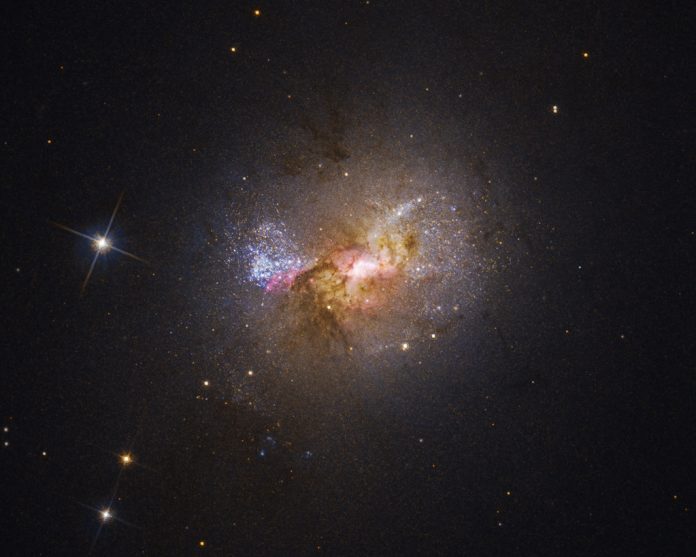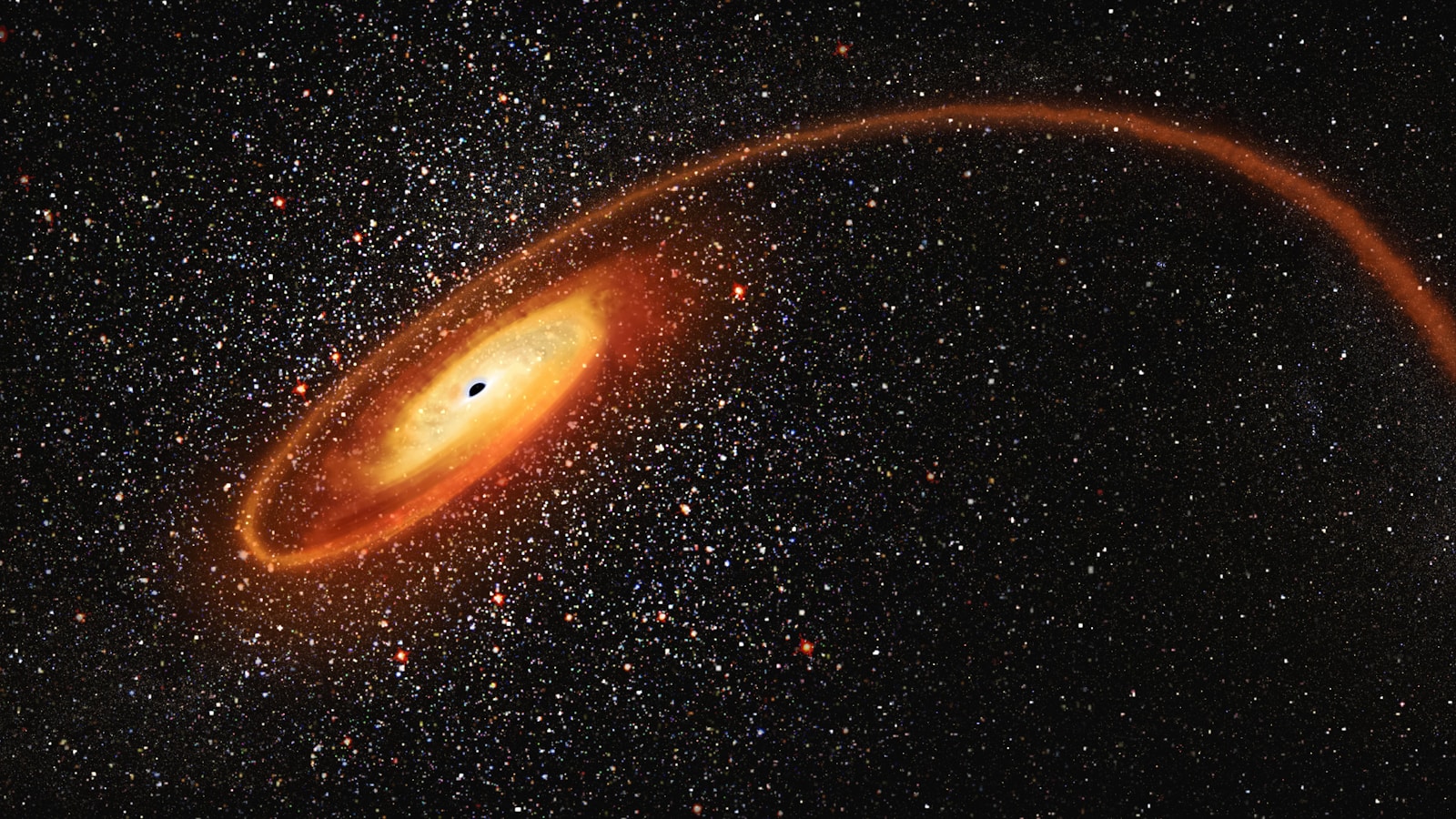
SpaceX’s ambitious Starlink project, aiming to encircle the globe with thousands of satellites to provide broadband internet access, has sparked both awe and alarm.While Starlink holds the promise of connectivity for remote regions and critical communication during emergencies, its expansive celestial network presents an unforeseen challenge to the field of astronomy.
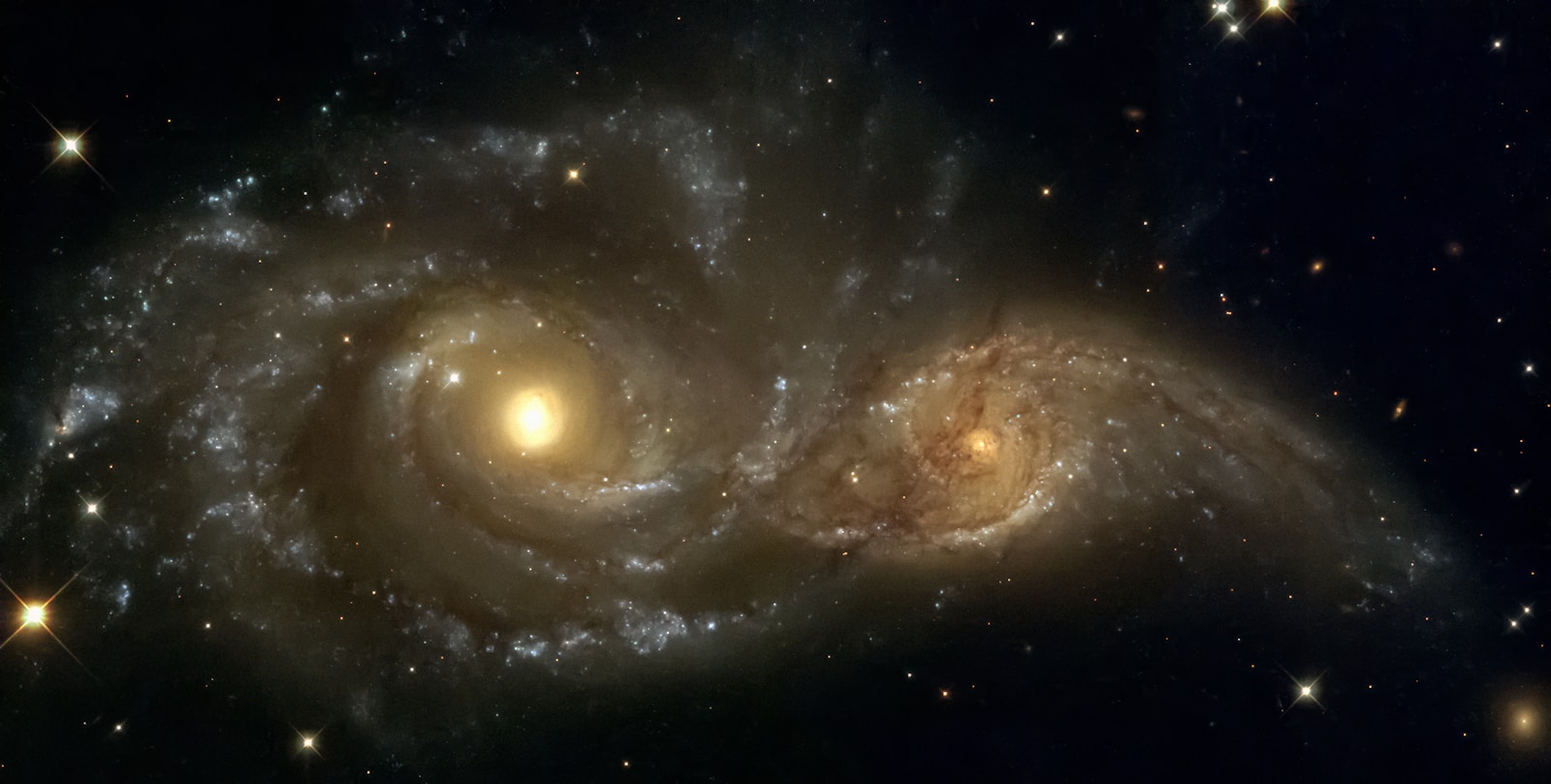
On January 21, the sky above Berlin was punctuated not by the usual flurry of artificial satellites, but by the spectacular disintegration of a meteorite. The early detection and rapid response of NASA and international observatories illustrated the importance of clear skies for planetary defense. Yet, the growing network of satellites, particularly those belonging to Elon Musk’s Starlink constellation, threatens the crucial ability to spot such near-Earth objects (NEOs).
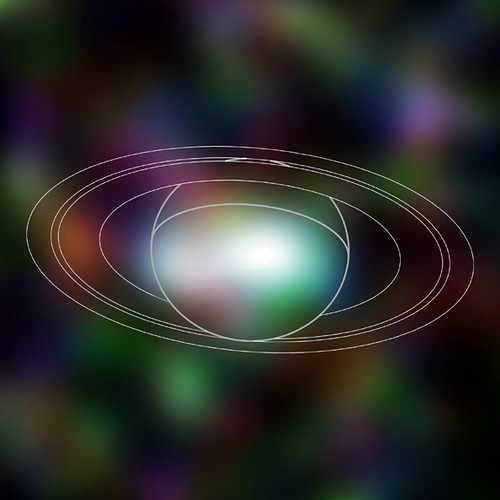
With over 6,000 units already in orbit and ambitions for a 42,000-strong fleet, SpaceX’s Starlink satellites have astronomers sounding the alarm. The International Astronomical Union has issued its first report calling for urgent action against the “uncontrolled proliferation” of satellite constellations, which interfere with the detection of potentially hazardous asteroids and comets.
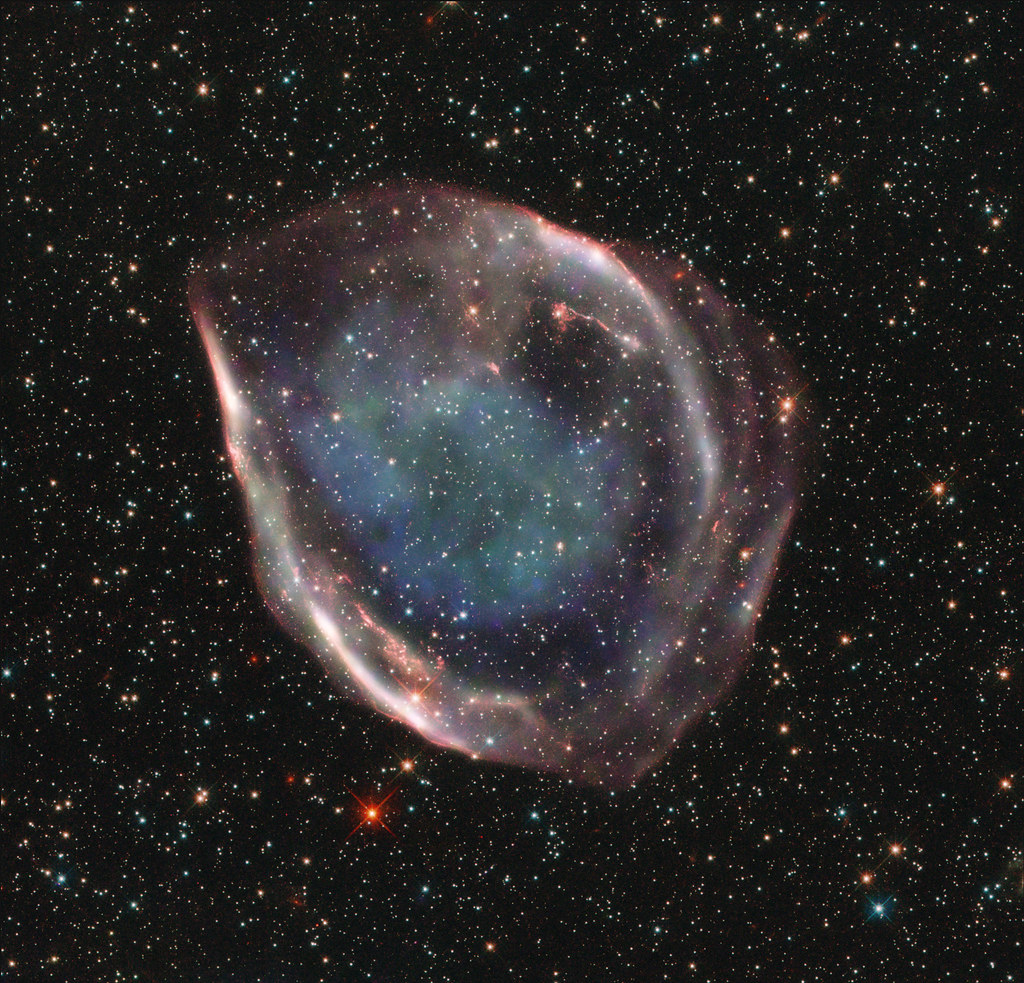
Krisztián Sárneczky, the Hungarian astronomer who first detected the aforementioned meteorite, lamented, “When I started my intensive NEO search…satellites rarely crossed the field of view. But today, I don’t have a single image that doesn’t have at least one.” His concern, shared by the astronomical community, is that the increasing number of satellites could obscure an approaching NEO.
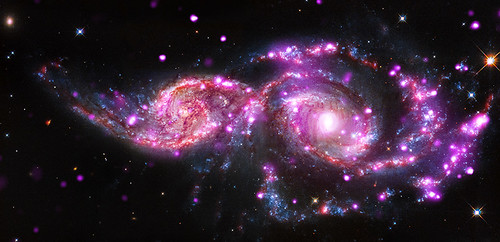
The scenario isn’t merely hypothetical. Space researchers have identified that for every five near-Earth asteroids discovered, one could be missed due to satellite interference if no mitigation measures are adopted. This issue is particularly poignant during twilight, the critical window for detecting elusive asteroids with trajectories similar to the inner planets, obscured by the sun’s glare and the bright reflection of satellites.

Efforts are underway to minimize the impact. SpaceX has trialed various strategies, such as darkening paint and sunshades, to reduce the brightness of its satellites. However, no operator has successfully met the recommended brightness limit set by the IAU to prevent interference with telescopic observations.

The proposed solutions come with trade-offs. Raising the orbit altitude may reduce brightness but results in the satellites moving slower and lingering over observatories longer, exacerbating image contamination. As a countermeasure, the Vera C. Rubin Observatory, a major future contributor to NEO discoveries, is refining algorithms to distinguish celestial bodies from satellite streaks in astronomical images and testing repeated scans during twilight hours—a resource-intensive process that could detract from other important research.
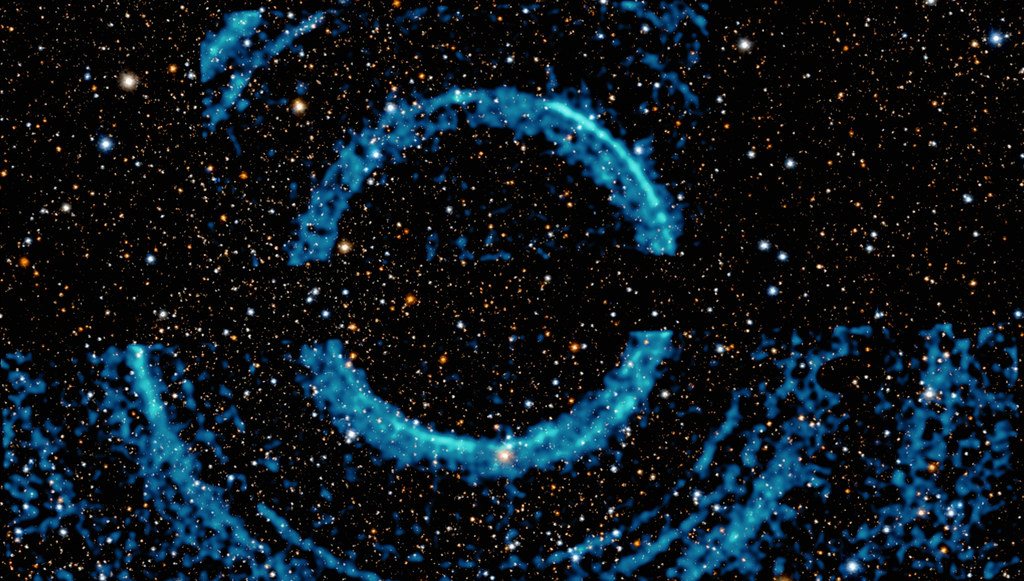
The potential ramifications of this celestial clutter extend beyond optical and radio astronomical observations. The burn-up of thousands of satellites upon re-entry could alter the Earth’s atmospheric chemistry, possibly affecting climate patterns. The prevalent use of aluminum in satellite construction raises concerns over aluminum oxide’s effects on ozone levels and heat reflection in the atmosphere.

Furthermore, SpaceX’s endeavor is not without competition or complications. The race to dominate the satellite market heightens the risk of collisions in space, increasing space debris and compounding the challenge of maintaining a safe operational environment.
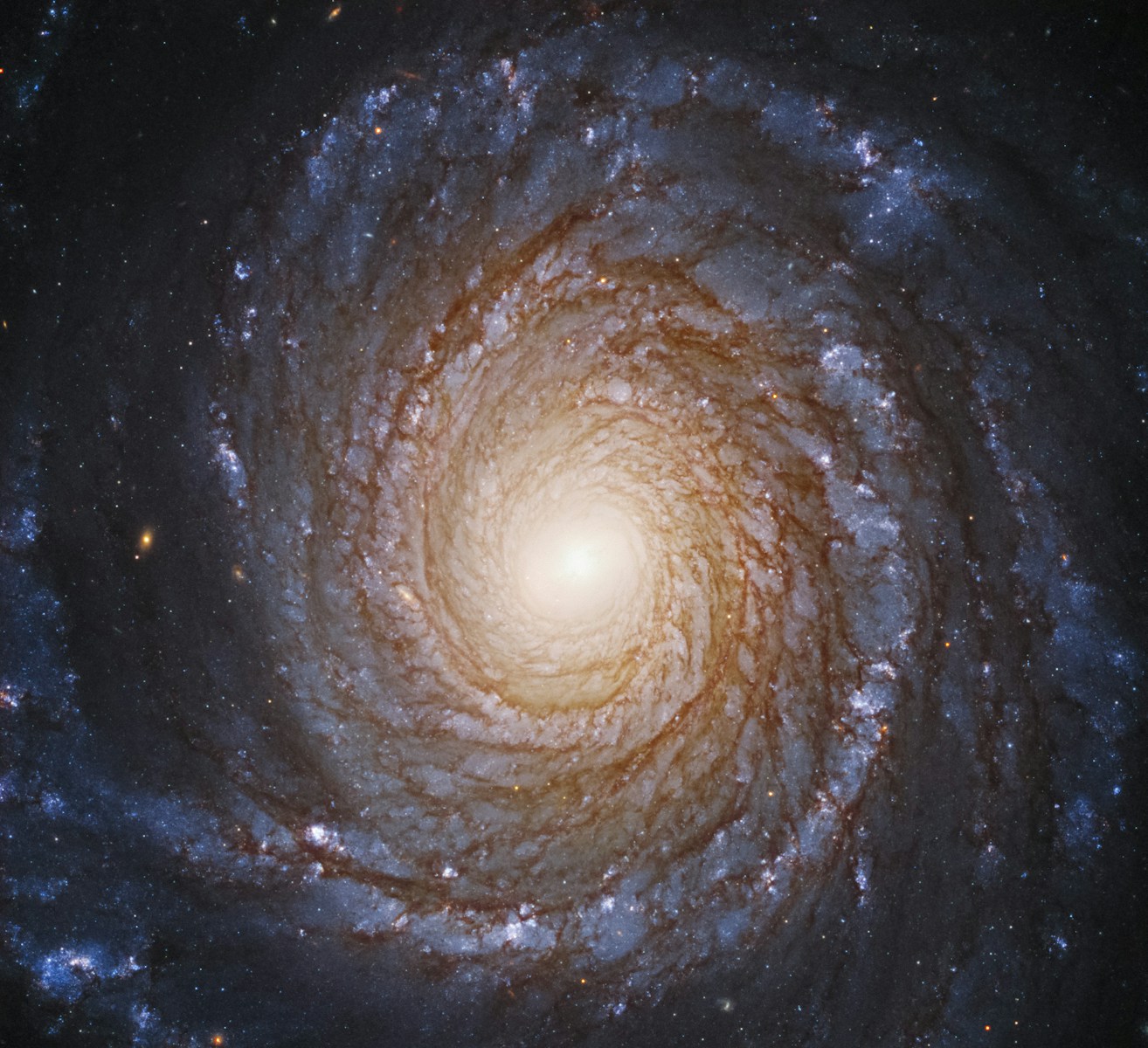
Yet, it is not all doom and gloom. Starlink has demonstrated invaluable support in emergency situations, providing crucial communication links in conflict zones like Ukraine and during natural disasters in places like Tonga. These satellites have proven to be a lifeline where terrestrial infrastructure fails or is nonexistent.
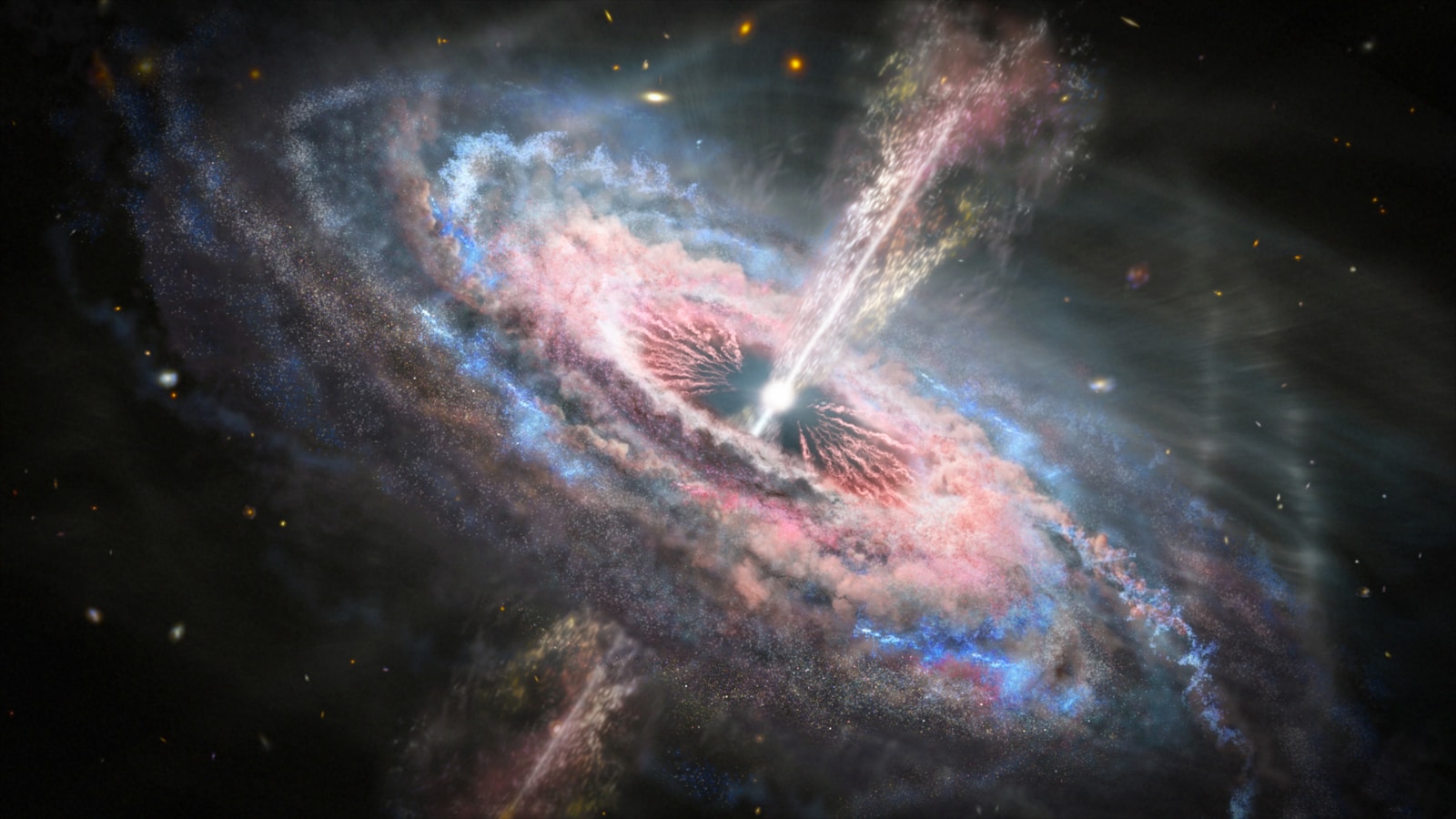
As SpaceX forges ahead with plans to augment its constellation, the company acknowledges the need to address astronomers’ concerns and is committed to finding a middle ground. The deployment of visor-equipped satellites to reduce reflection is a testament to SpaceX’s responsiveness to the issue.

While Starlink’s tale weaves a narrative of technological triumph and celestial conquest, it also poses a profound question about the balance between human advancement and the preservation of our astronomical heritage. As we gaze upwards, it is imperative to ponder the legacy we leave in the vast expanse of the cosmos, ensuring that our reach for the stars does not eclipse the very sights that inspire us to look skyward.
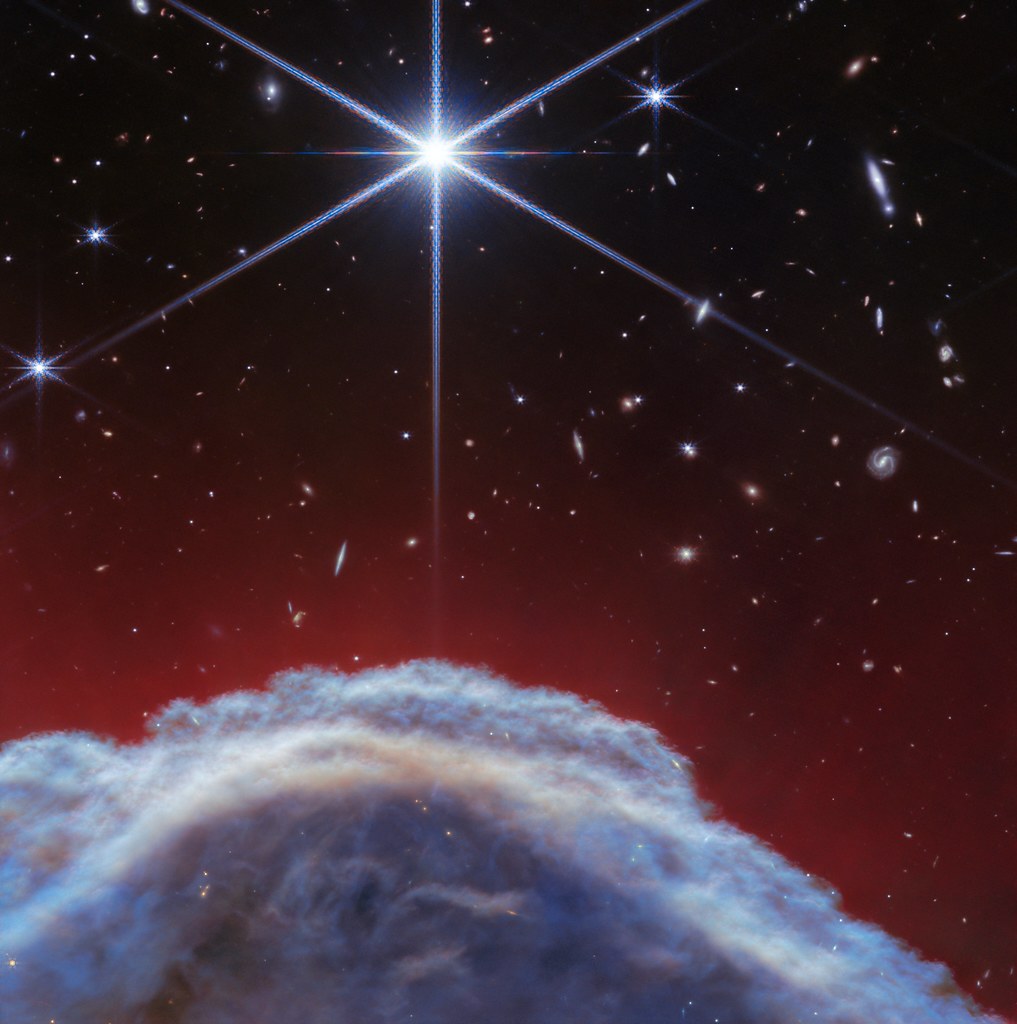
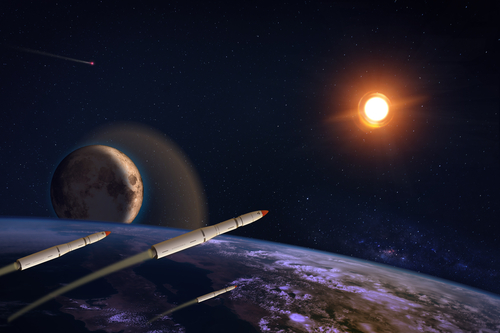

Relevant articles:
– SpaceX satellites threaten to hide asteroids that pose danger to humanity, EL PAÍS English
– Space X in EL PAÍS English, EL PAÍS English
– Starlink satellites: Facts, tracking and impact on astronomy, Space.com
